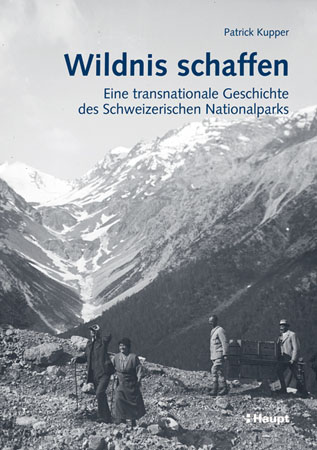Patrick Kupper Wins Turku Book Prize
"Wildnis schaffen. Eine transnationale Geschichte des Schweizerischen Nationalparks"
27.09.2013
The prize committee was made up of Stefania Barca (ESEH), Julia Herzberg (RCC), Uwe Lübken (RCC), Franziska Torma (RCC/ESEH, chair), and Paul Warde (ESEH).
The finalists were:
- Kupper, Patrick. Wildnis schaffen. Eine transnationale Geschichte des Schweizerischen Nationalparks (Bern, 2012).
- Armiero, Marco. A Rugged Nation: Mountains and the Making of Modern Italy (Cambridge: The White Horse Press, 2011).
- Jørgensen, Finn Arne. Making A Green Machine: The Infrastructure of Beverage Container Recycling (New Brunswick u.a.: Rutgers UP, 2011).

Patrick Kupper’s book, Wildnis schaffen. Eine transnationale Geschichte des Schweizerischen Nationalparks, published in 2012 by Haupt Verlag in Bern, Switzerland, connects the local history of the Swiss National Park to the global history of National Parks during the 19th and 20th century. Deriving from this transnational approach, Kupper elegantly connects the local to the national and the global, the interest and activities of the people and institutions on the spot to the larger trends in the history of nature protection. He expresses these developments in a concise language, and uses theoretical concepts and analytical tools which connect environmental history to broader academic discussions.
Kupper’s book also includes illustrations into his research. These pictures show how conceptions of nature changed and how certain protagonists used the space of the National Park for their political aims. Patrick Kupper ends his book with the strong thesis: “wilderness is not a natural state, wilderness is a historical process.” This insight touches on one of the most fundamental questions of environmental history: What is nature? His answer to this question speaks to an international and interdisciplinary audience.

